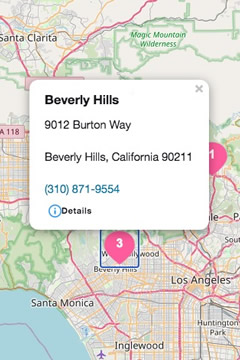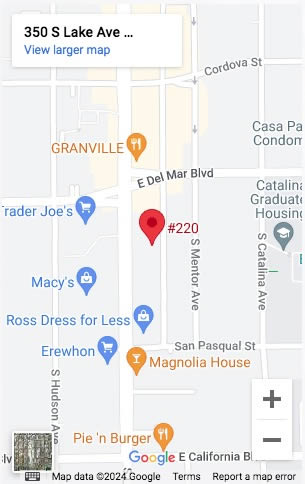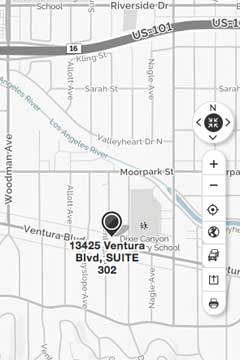This month is Bladder Health awareness month and we would like to discuss with our readers a recent and significant update to the research regarding guidelines on treating Interstitial Cystitis / Bladder Pain Syndrome (IC/BPS).
This past May, the American Urological Association (AUA) published updated clinical guidelines for the diagnosis and treatment of IC/BPS. The purpose of this guideline is to provide a “clinical framework” for best practice regarding optimal management of patients with Interstitial Cystitis / Bladder Pain Syndrome. This includes what should and shouldn’t be done for patients, and how to avoid unnecessary or harmful interventions. The previous guidelines on treating Interstitial Cystitis were published in 2014 -- 8 years ago!
So what is Interstitial Cystitis / Bladder Pain Syndrome?
Check out some of our previous articles on our sister site, FeminaPT.com for definitions and how pelvic floor physical therapy can help, including this article specific to those that have painful intercourse and Interstitial Cystitis / Bladder Pain Syndrome. In this year’s update, the author’s, experts in the field, continued to include the role of pelvic floor physical therapy in management and treatment of patients experiencing Interstitial Cystitis or Bladder Pain Syndrome. The AUA has placed pelvic floor physical therapy under the Behavioral / Non-pharmacologic Treatments category, as we are evidenced-based (research-approved) professionals providing treatments that have proven successes for Interstitial Cystitis / Bladder Pain Syndrome.
These guidelines on treating Interstitial Cystitis / Bladder Pain Syndrome suggest that Urologists (medical doctors that specialize in treating the bladder) and all medical professionals involved in the care of these patients, should include manual, hands-on physical therapy techniques to patients who present with pelvic floor tenderness. The techniques that pelvic floor physical therapists use, address the common pelvic, hip and abdominal muscle trigger points, and lengthen shortened muscles. Pelvic floor physical therapy also decreases any connective tissue restrictions present, such as from scar tissue.
The guidelines also call out Kegels: pelvic floor strengthening exercises should be avoided."1
The above suggestions on what should and shouldn't be done for these patients were given a Grade A Level of Evidence strength. This means the suggestion is based on a systematic review of many high quality randomized control trials, which is considered to be the best form of clinical research design.
Important highlights from the updated guidelines on treating Interstitial Cystitis / Painful Bladder Syndrome:
An important highlight made under this category is that “no one treatment has been effective for the majority of patients” and “acceptable symptom control may require trials of multiple therapeutic options”. We often tell our patients this same thing - that there is not a single treatment that will get the patient with chronic pain out of their pain cycle. The guidelines also state under this category that self-care practices and behavioral modifications should be included. Additionally, the guidelines suggest to practitioners that patients should be encouraged to incorporate stress management practices to improve coping techniques and manage stress-induced symptom flare-ups, a key figure in the role of stress in exacerbating symptoms in this patient population. Pelvic floor physical therapy also incorporates pain management, education on pain neuroscience and a multimodal approach using varying modalities to further decrease a painful bladder. At Fusion Wellness & Femina Physical Therapy, we have Doctors of Physical Therapy that are specialized in both Orthopedic and Pelvic Health diagnoses, always taking the full body into consideration. We are not just focusing on the ‘area of pain’, but how overlapping orthopedic and pain conditions contribute to a worsening of chronic pain in general, through a process known as Central Sensitization.
Recap of these highlights:
- "No one treatment has been effective for the majority of patients"
- self-care practices and behavioral modifications
- Incorporating stress-management practices is encouraged
- A multimodal approach which incorporates pain management is fundamental
- central sensitization
Pelvic Floor Physical Therapy's Role in Treating Interstitial Cystitis / Painful Bladder Syndrome
This is another area where pelvic floor physical therapy can help patients. Physical therapists, of all specialties, have the unique opportunity to see patients every week (and sometimes multiple times a week)--and for long periods of time. This gives us the chance to work on important treatments like downtraining the nervous system, stress management strategies and to review bowel and bladder function to determine irritants or anything that contributes to symptoms, in addition to the manual and other therapies we provide in the office. Pelvic floor physical therapy should treat patients from head to toe, and accounts for all surrounding areas of the body and the role of pain processing that occurs at the central level (our brain and spinal cord). Underlying bladder habits that may be contributing to bladder pain, such as alcohol consumption, going “just in case” or hovering over public toilets to urinate and training the brain-bladder connection with urge suppression techniques are just some of the ways to manage the symptoms and are taught in pelvic floor physical therapy.
There is new research constantly being published, and unfortunately not all providers (yes, even some pelvic health doctors and physical therapists) will be practicing in alignment with the new AUA recommendations. This is certainly not always the case, so make sure that if you believe this is something affecting you or someone you know, you can ask your provider if pelvic floor physical therapy is an option for you. Many states, like California, have Direct Access, meaning you do not need a prescription from a doctor to begin seeing if pelvic floor physical therapy works for you. Give us a ring to get on the path to recovery.
References:
- Clemens JQ, Erickson DR, Varela NP et al: Diagnosis and treatment of interstitial cystitis/bladder pain syndrome. J Urol 2022; https://doi.org/10.1097/JU.0000000000002756.
- Lukban JC, Parkin JV, Holzberg AS, Caraballo R, Kellogg-Spadt S, Whitmore KE. Interstitial cystitis and pelvic floor dysfunction: a comprehensive review. Pain Med. 2001 Mar;2(1):60-71. doi: 10.1046/j.1526-4637.2001.002001060.x. PMID: 15102319.
- Lilius HG, Oravisto KJ, Valtonen EJ. Origin of pain in interstitial cystitis: effect of ultrasound treatment on the concomitant levator ani spasm syndrome. Scandinavian Journal of Urology and Nephrology. 1973;7(2-3):150-152. doi:10.3109/00365597309133690.



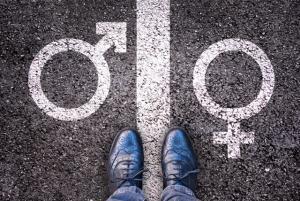
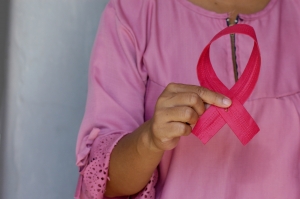
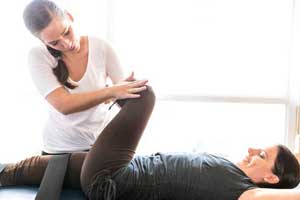
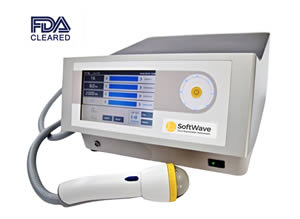



















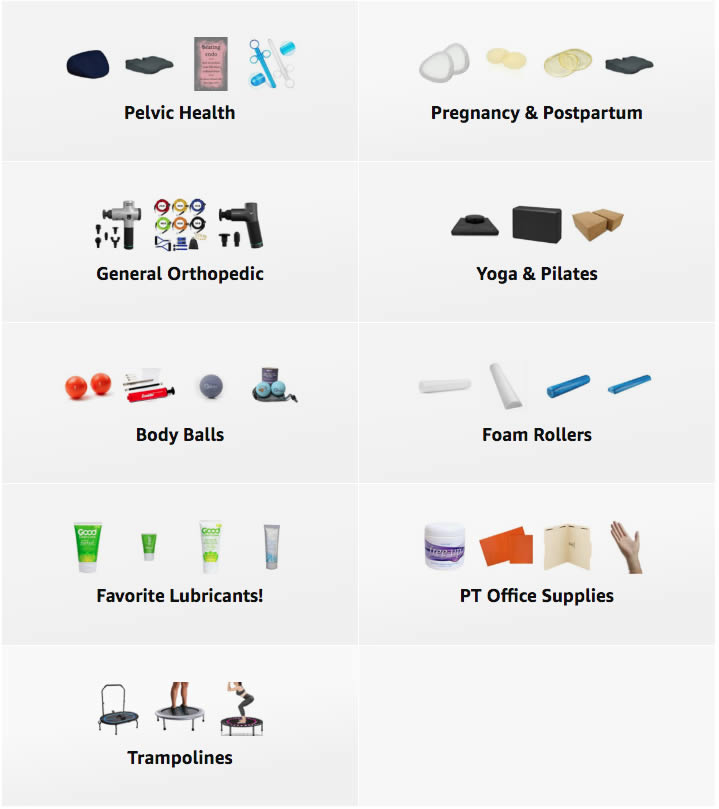 A Curated List of Excellent Items at Amazon
A Curated List of Excellent Items at Amazon

